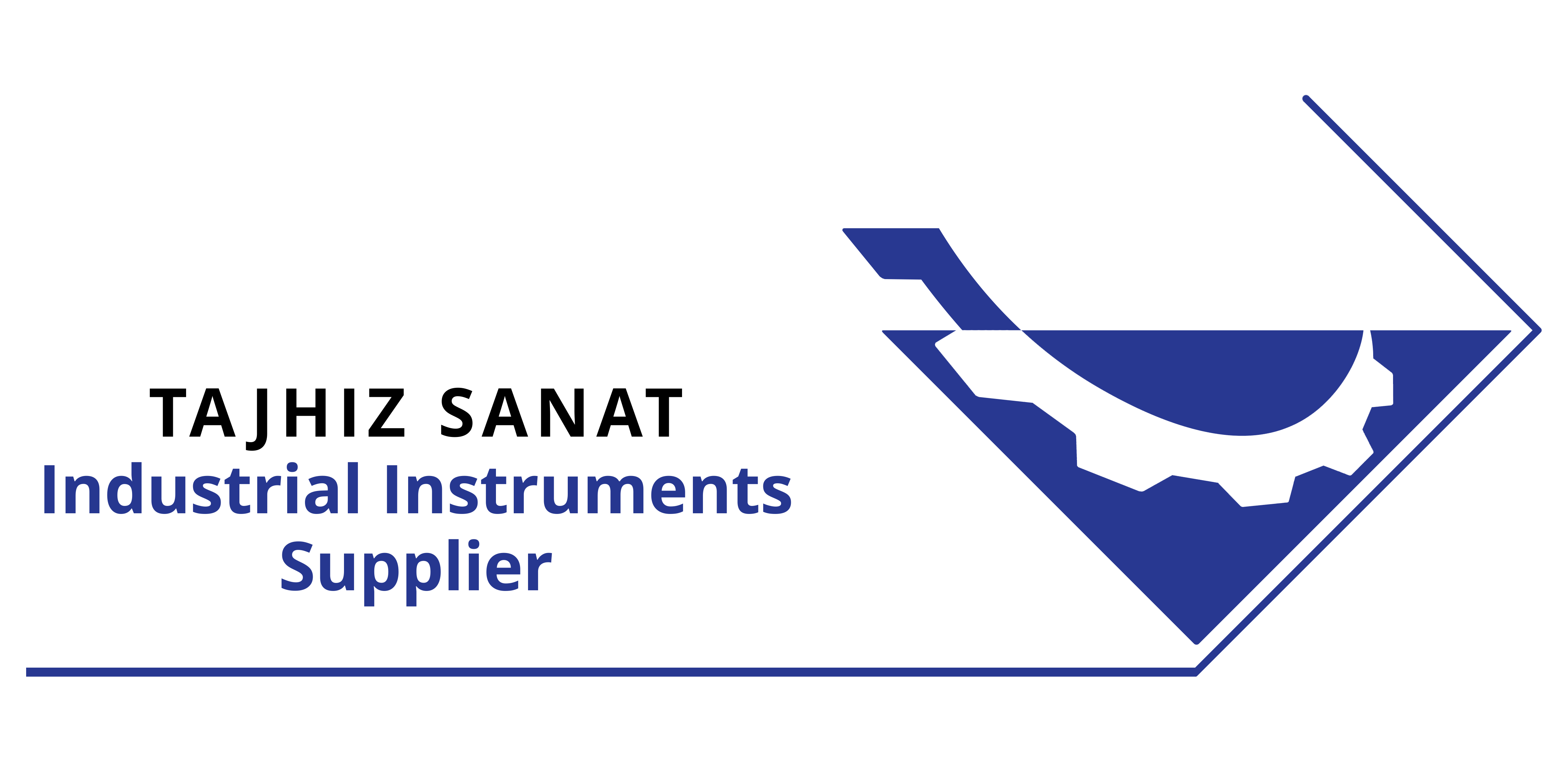
24 Apr safety valves
A pressure safety valve, also known as a pressure relief valve or safety valve, is a mechanical device designed to protect equipment, systems, and personnel from excessive pressure in a vessel or system. Its primary function is to automatically release or relieve pressure when it exceeds a predetermined set point, safeguarding against potential overpressure situations.
Here are some key features and characteristics of a pressure safety valve:
Pressure Relief Mechanism: A pressure safety valve is equipped with a spring-loaded mechanism, which is designed to open and allow the release of fluid or gas when the pressure in the system exceeds a specified threshold.
Set Point: The set point of a pressure safety valve is the predetermined pressure at which the valve begins to open and relieve pressure. It is typically set by adjusting the spring tension or other calibration mechanisms.
Pop Action: Pressure safety valves typically have a pop action design, meaning that they open rapidly and fully once the set pressure is reached. This ensures a quick and effective pressure relief response.
Reclosing or Non-Reclosing: Some pressure safety valves are designed to reclose after pressure relief, automatically resealing once the pressure drops below the set point. Others may be non-reclosing and require manual resetting or replacement after activation.
Discharge Outlet: The pressure safety valve is equipped with a discharge outlet that allows the released fluid or gas to be safely directed away from the protected equipment or area.
Overpressure Protection: Pressure safety valves are an essential component for overpressure protection in various industries, including oil and gas, chemical processing, power generation, and manufacturing. They prevent equipment damage, explosions, or other hazardous situations that could arise from excessive pressure.
It’s important to note that pressure safety valves should be properly sized, installed, and maintained to ensure their reliable performance. They are typically subject to regulatory standards and codes, which dictate their design, installation requirements, and periodic testing.
Pressure safety valves should be periodically inspected and tested to verify their functionality and set point accuracy. Additionally, it’s crucial to consult manufacturer guidelines and industry standards to ensure the appropriate selection and use of pressure safety valves in specific applications.
